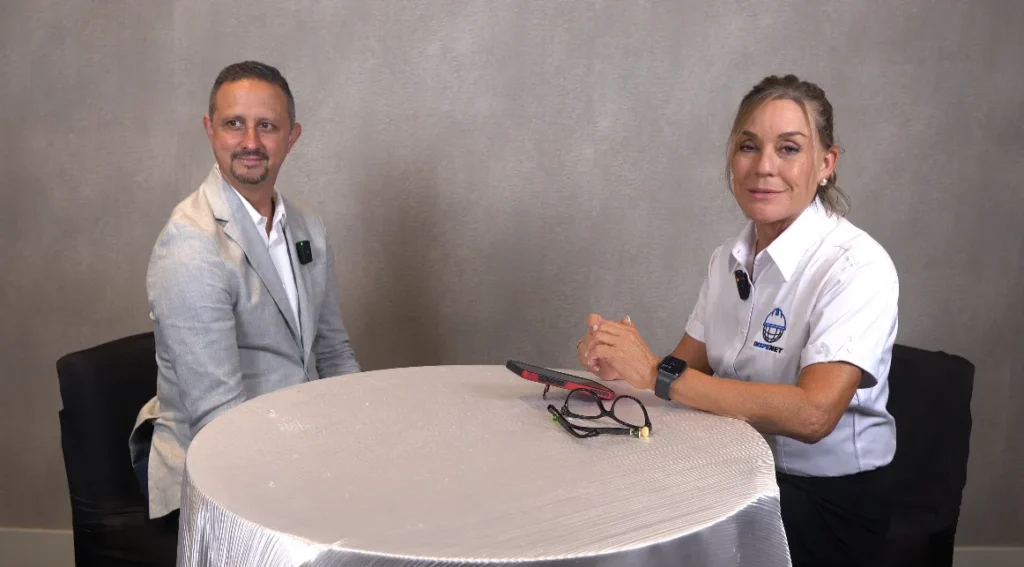At the AMPP LatinCORR + Panamerican Corrosion Conference, held in Panama, the Inspenet team interviewed Dr. Jorge Joaquín Cantó Ibáñez, president of the Mexico chapter of AMPP and technical coordinator of the event, about the changes that the corrosion industry is undergoing. With a clear vision for the future, Dr. Jorge Cantó explained how technology is redrawing the boundaries of the sector, especially through artificial intelligence and robotics.
Corrosion represents one of the greatest technical and economic challenges for the hydrocarbon, infrastructure and transportation industries and far from being a minor problem, it has severe implications on structural integrity, human safety and environmental sustainability. Traditionally, solutions were reactive, i.e., intervening once the damage was evident, but today, that logic is being replaced by a preventive and predictive mentality.
The incorporation of artificial intelligence in the corrosion industry allows data analysis on a scale previously unthinkable, thanks to the use of sensors placed in pipelines and infrastructures, capable of collecting millions of data on temperature, humidity, pressure and other factors. The novelty is not just the monitoring itself, but the automated processing of that data to anticipate failures before they occur.
Now you have these artificial intelligence mechanisms that allow you to analyze all that data and see trends. So it's no longer a snapshot of where I am or how I was, but I can predict how I'm going to be in this future.
Dr. Jorge Cantó.
In contexts where corrosion can affect critical facilities, this predictive capability is vital to avoid catastrophes.
Likewise, robots designed to move inside pipelines no longer only collect images or data, but now incorporate AI modules that process the information in real time. Thus, they become autonomous tools capable of detecting cracks, thickness losses or critical points without immediate human intervention.
In addition, it is anticipated that these systems will be integrated into connected predictive maintenance platforms, where AI not only interprets data, but can execute actions, such as issuing alerts, generating inspection orders or adjusting operational parameters.

This technological change also requires a transformation in the training of new professionals. Dr. Jorge Cantó pointed out that traditional teaching methods, such as classroom, manuals and classic certifications, are no longer effective in attracting new generations. For this reason, AMPP has begun to diversify its training channels, exploring alternatives such as technical podcasts, hybrid sessions, interactive forums and poster sessions for young researchers.
Dr. Cantó also foresees a profound transformation in the coming years, with physical devices equipped with integrated artificial intelligence, capable of operating autonomously in the field. This includes intelligent sensors, operating robots and even platforms that make complex decisions in real time.
In this context, Dr. Cantó emphasized that the speed of technological change is so fast that even today's professionals could become obsolete if they do not keep up to date. The key will be constant training and collaborative work between generations.
Technological development in the corrosion industry is not an option, but a necessity, and events such as LatinCORR 2025 open spaces for discussion, knowledge exchange and presentation of concrete advances. Beyond traditional presentations, interactive forums and dynamics with students have become fundamental spaces to promote a new generation of specialized engineers.
Youth participation was also a source of optimism for Dr. Cantó. During the event, several students presented advanced research work in applied corrosion technology, demonstrating that scientific curiosity continues to be a key driver for the advancement of the industry.
For more content about LatinCORR 2025, please visit our YouTube channel and our LinkedIn profile.
Source: Inspenet.